We often see lust or desire as something to hide or shy away from. So, from a film like Lust Stories, we expect an orchestration or at least acknowledgement of this feeling in ways that don’t make us questioning it. But three out of four films in Lust Stories 2 show exactly what our society sees sex and pleasure as – something negative or over-the-top.
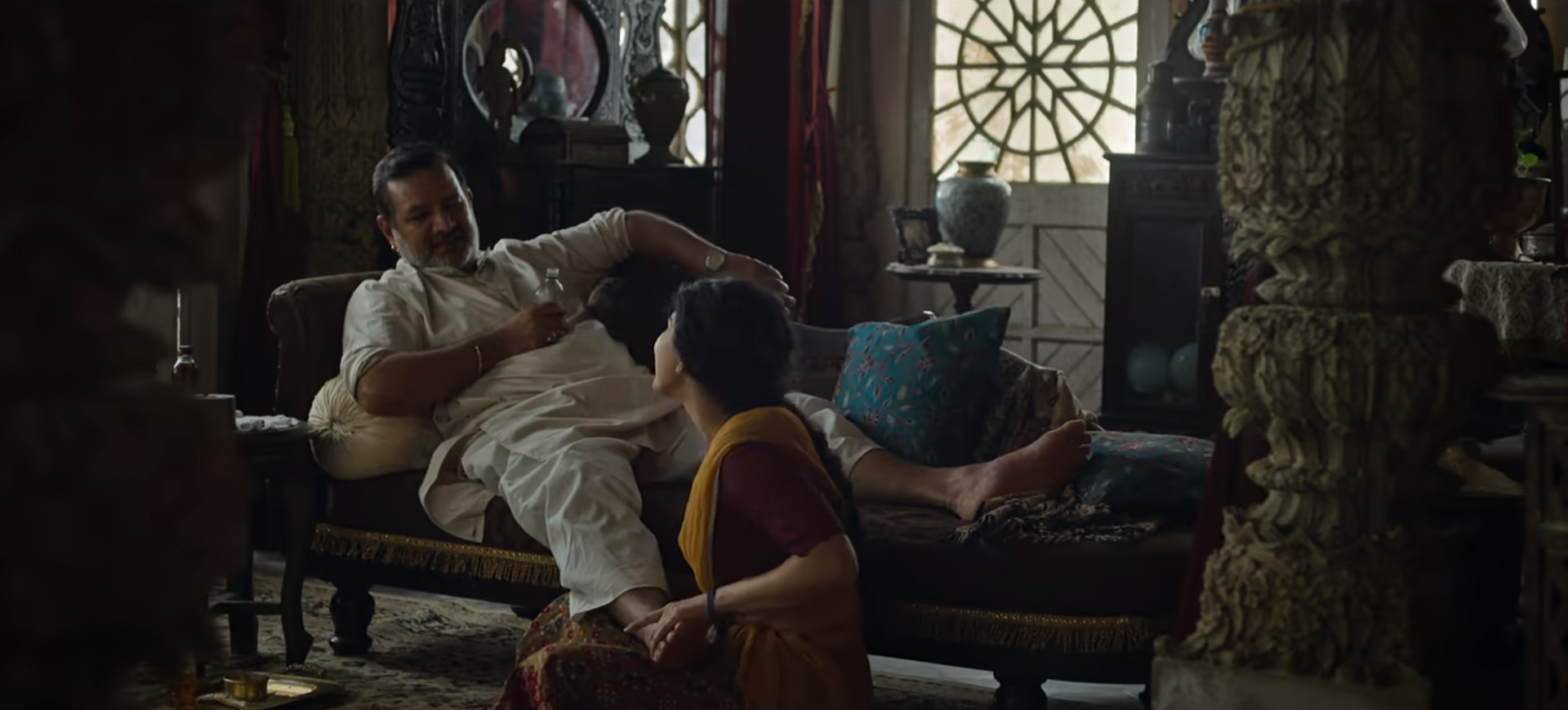
These films could work independently, but to call them ‘lust’ is a wrong idea. So, here’s everything lust isn’t, but Lust Stories 2 clearly forgot.
1. An excuse to ignore consent.
The short film Sex With Ex, directed by Sujoy Ghosh shows us a character who would go to any lengths to get some ‘action’. This character is portrayed by Vijay Varma, who deserves better than this. The issue with this specific film is that it shows us the character as an evil man, but hardly calls him out for his perversion. He’d manipulate a woman for sex, and kiss her without consent – which is bad, they know it’s bad, but it weirdly comes out as playful.
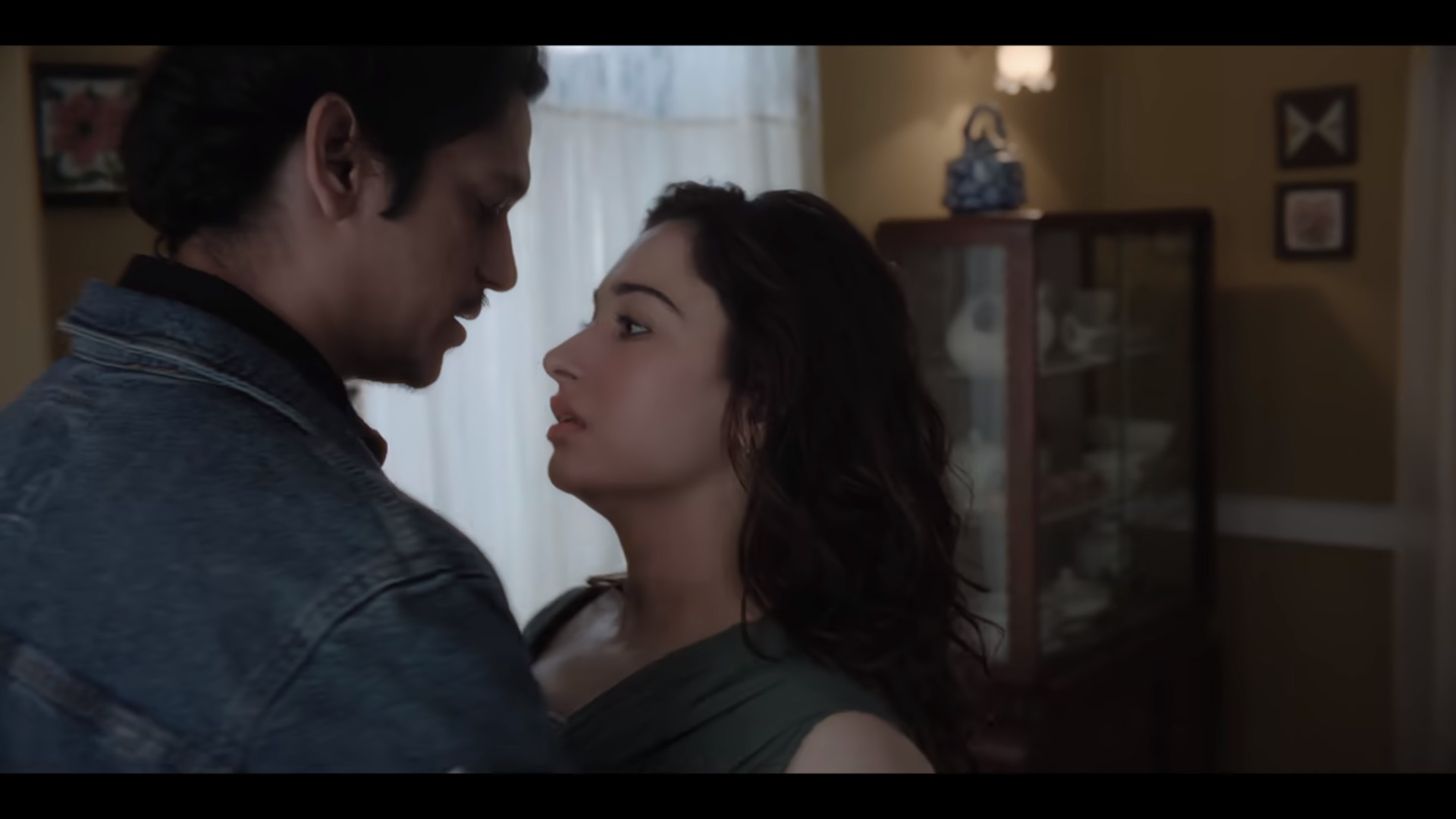
2. A way to be sexist.
The same short film also shows Tamannah Bhatia in two entirely different looks – she’s the same person, though. She’s ‘treated’ as the woman of desires when she wraps a chiffon saree, and not when she wears a comfortable cotton kurta. We see frames that solely focus on the size of the woman’s breast, whereas the dialogues have no form whatsoever. It’s all about the bosom. In one scene, in fact, we see them spell out the size of the character’s bra as if the rest of it wasn’t sexist enough.
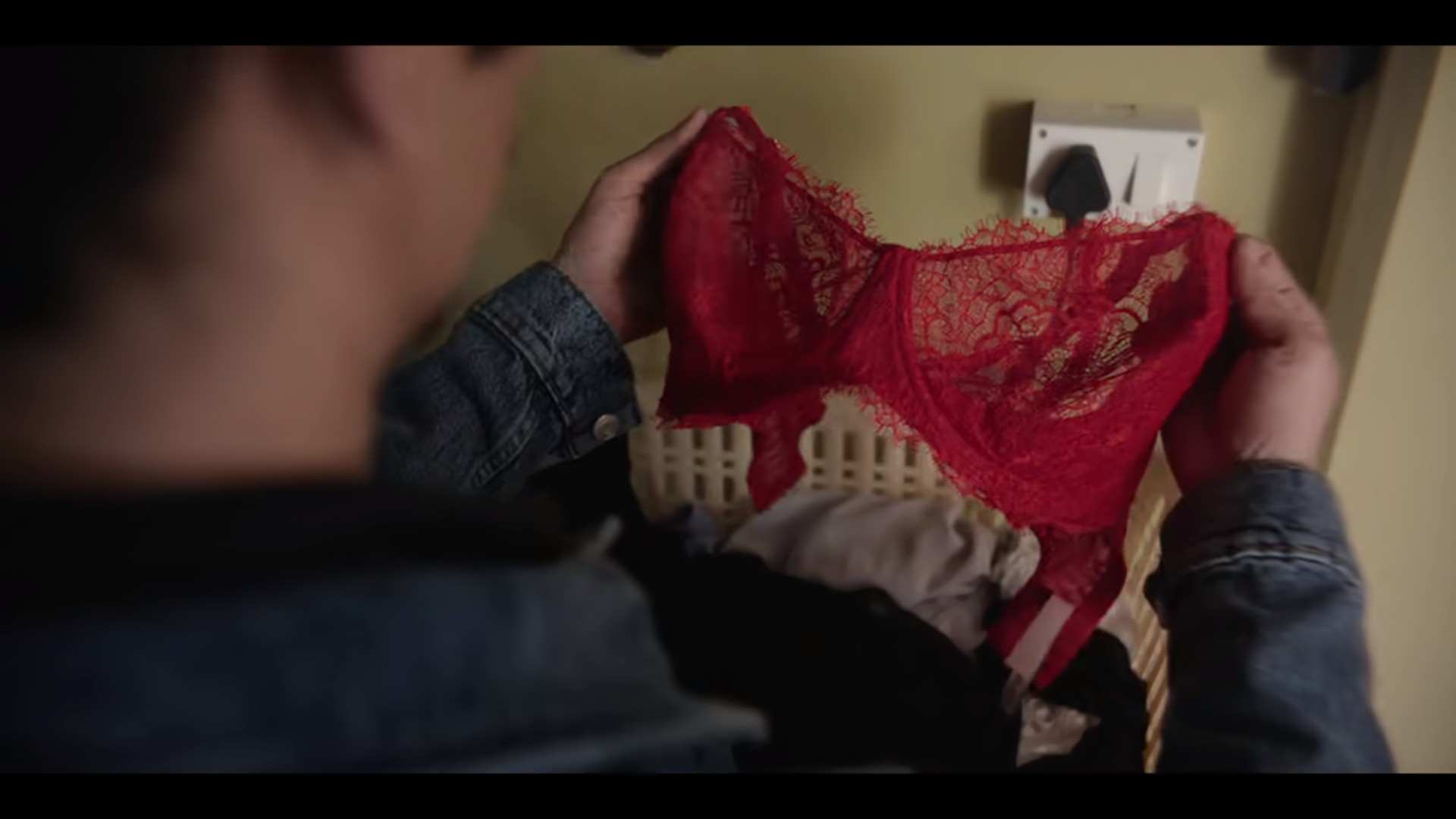
3. The only reason to marry.
YES, we need to talk about sex and how there’s more to it than just procreation. But, the first film, Made For Each Other, directed by R Balki talks of sex as if it’s the only basis of a marriage. That’s the issue with us, we see everything as black and white – there is no balance. When in fact, sex is a significant part of the relationship, but not the only one. Made For Each Other wanted to be so progressive that it forces the idea of lust – which is not as sexy.
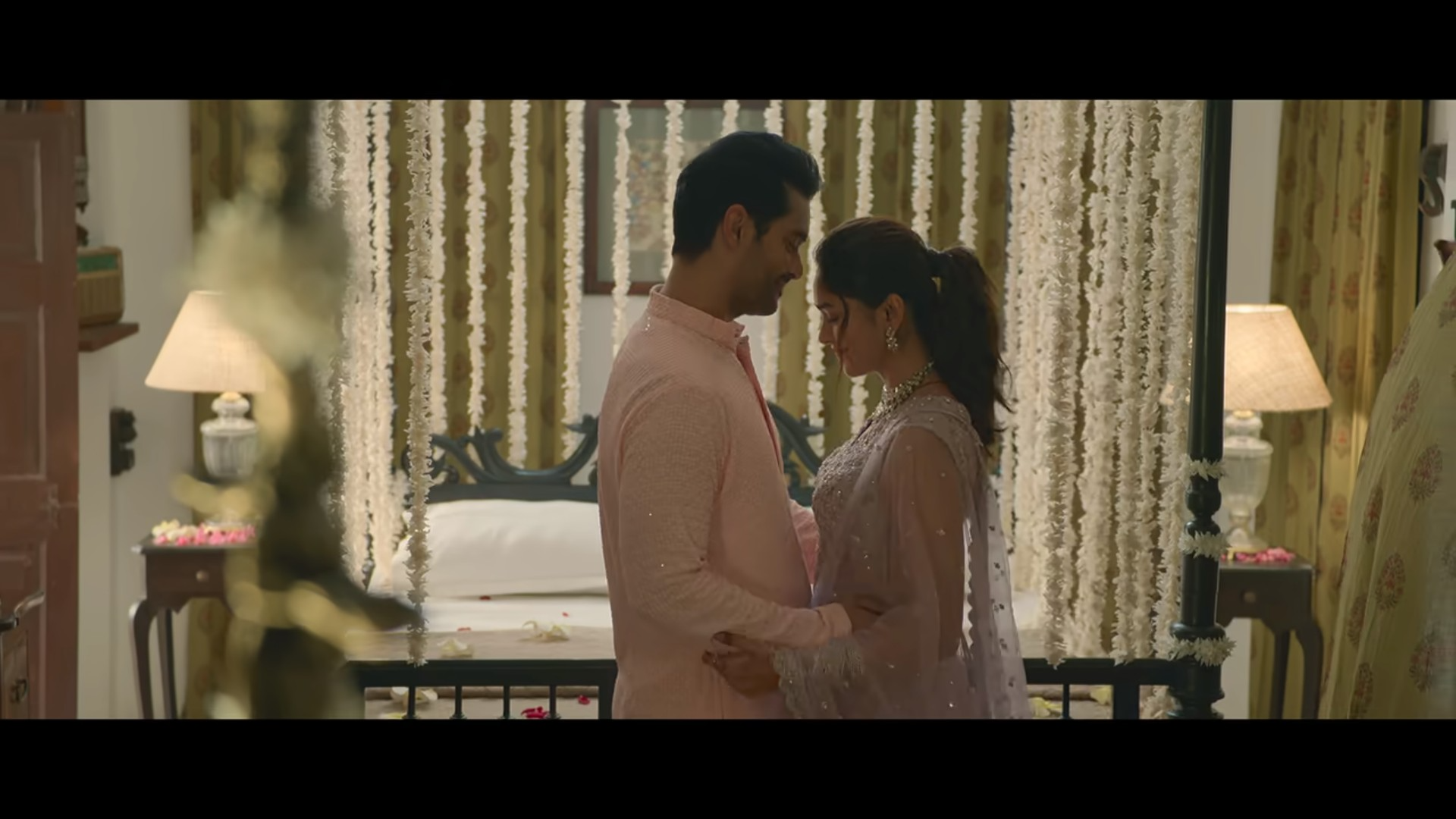
4. Something that corrupts the mind.
The final short film, Tilchatta, by Amit Ravindernath Sharma shows lust as something very negative. It’s wrong, it leads a person into doing wrong things. The film may work independently, but with this theme, the story just pushes the idea that lust makes us do wrong things – even crime. In doing so, it almost boils down marital rape and sexual abuse as a consequence of lust – given that that’s the theme. It’s like saying that sexual desires corrupt the mind, when in fact the mind corrupts our actions.
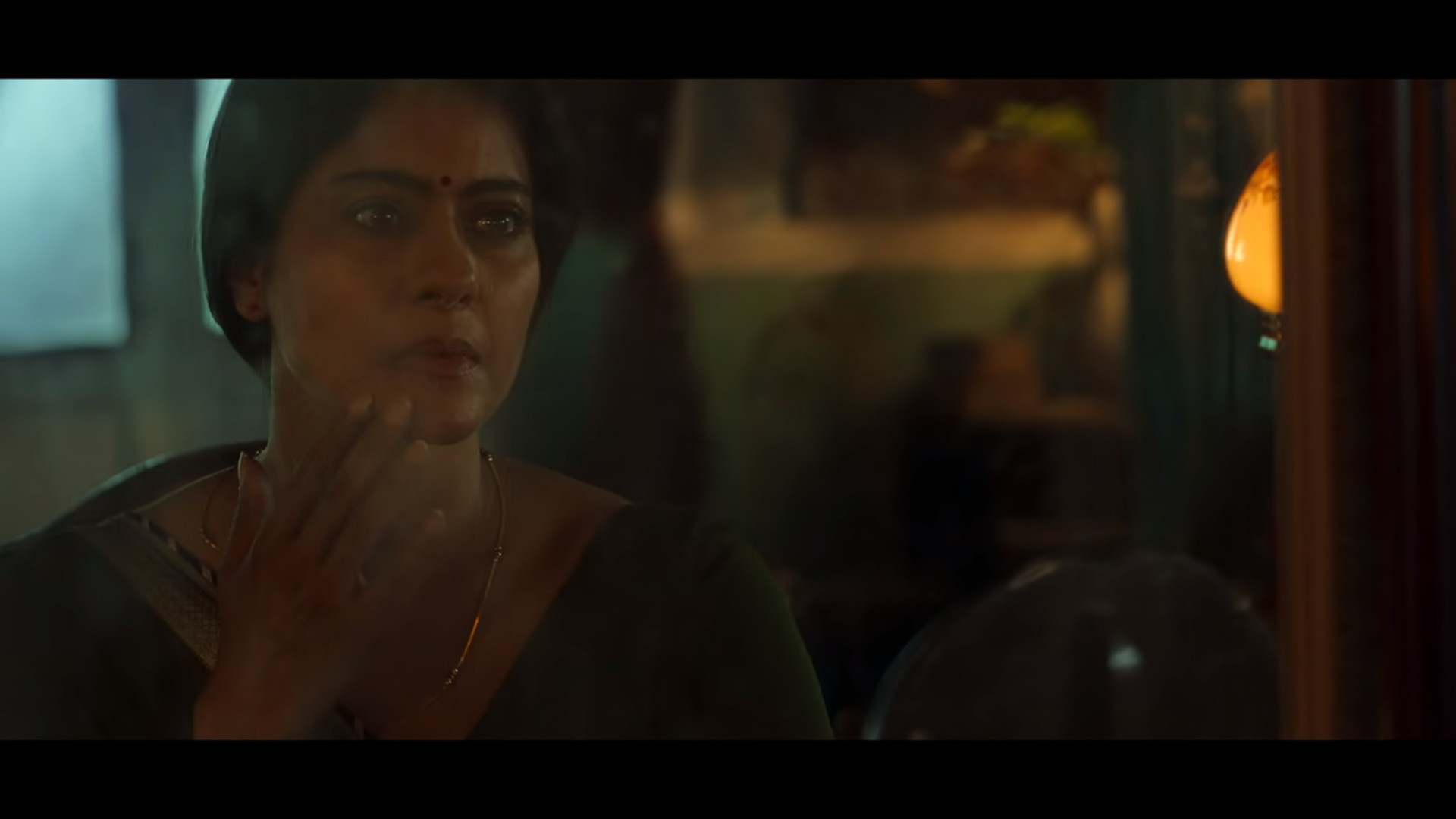
5. Meant for the male gaze.
We are past the point where we need to spell it – but still, women lust too, women like being lusted on. But for some reason, pleasure and desires are associated with men and so the female subject is always portrayed as ‘something’ men would like. For instance, two of the films, Tilchatta and Sex With Ex, show women in tight clothes (it’s suffocating to look at) and brings them down to their ‘sizes’.
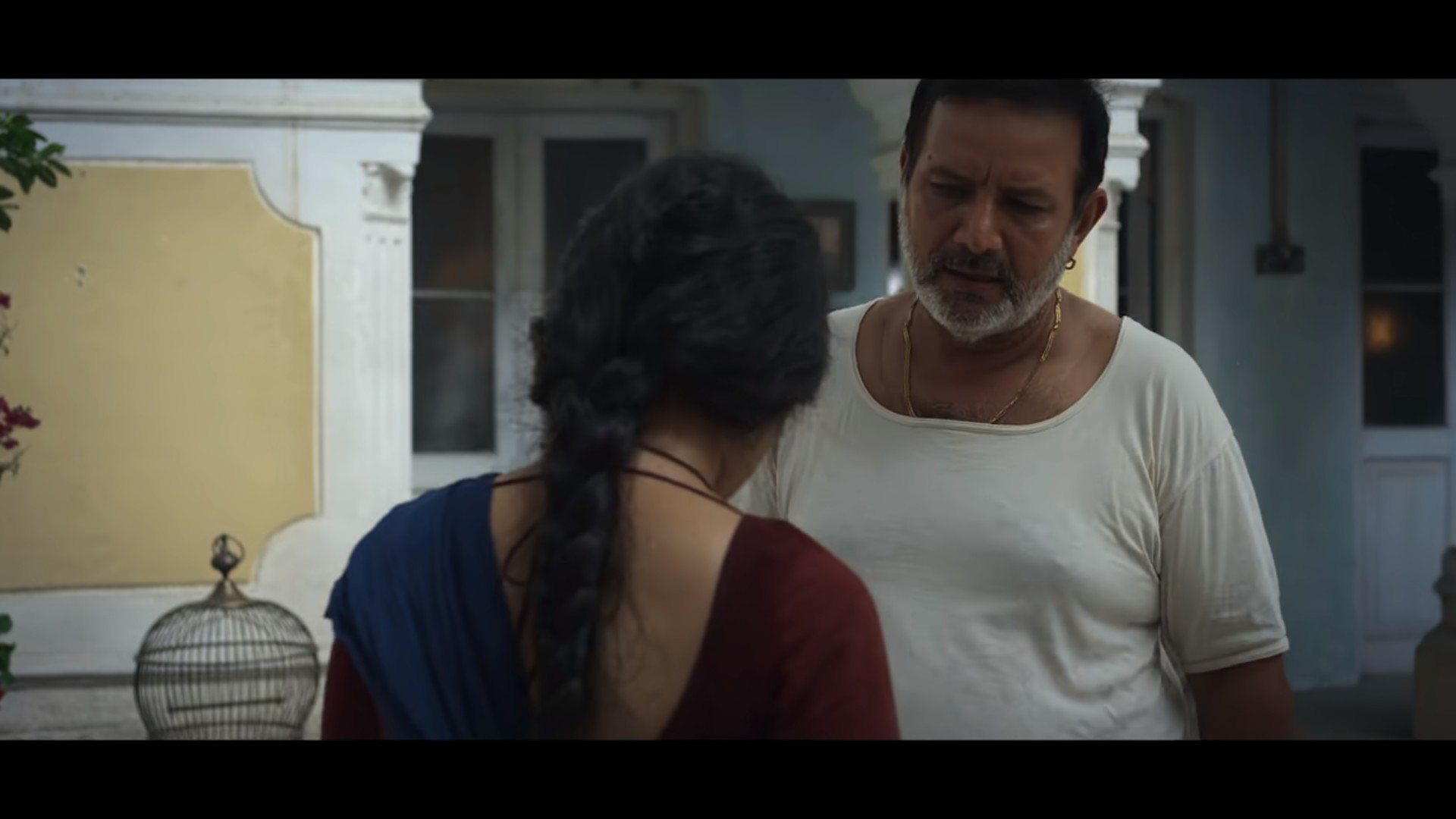
6. Love.
When Made For Each Other announced lust as the foundation of a marriage, in its progressive ways, it confused it with love. One of the final scenes in the film shows the couple addressing that they are in love, probably because they are physically compatible. It’s either of the two things – the film does not understand the distinction between physical and emotional aspects of a relationship. Or, it thinks that the only way to validate lust is to mix it with something ‘pure’ (here, love). But the truth is, they are two very different feelings.
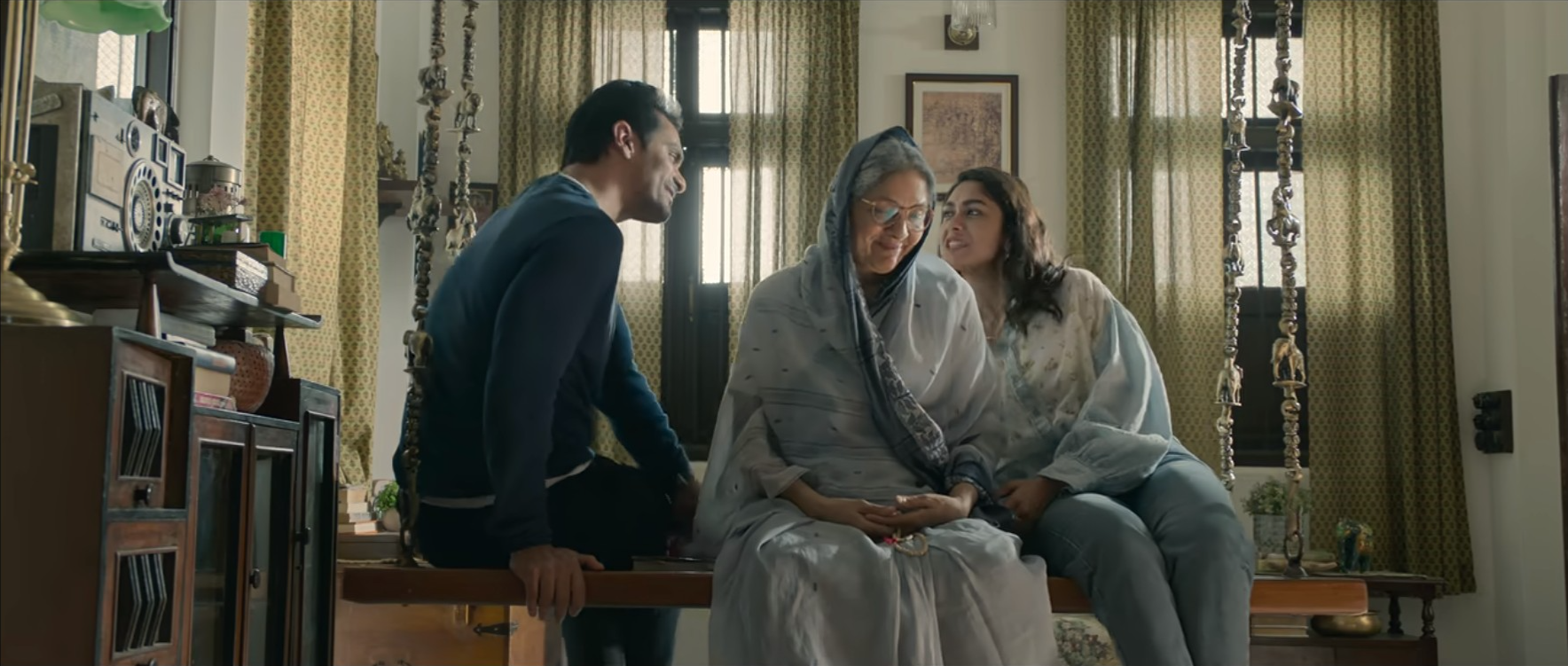
The four part film treats desire as morally questionable, or something which eventually ends badly – taking away from the point of the theme. Of course, the only director who understood the assignment was Konkona Sen Sharma, with her film, The Mirror.
All images are screenshots from the film on Netflix.

















